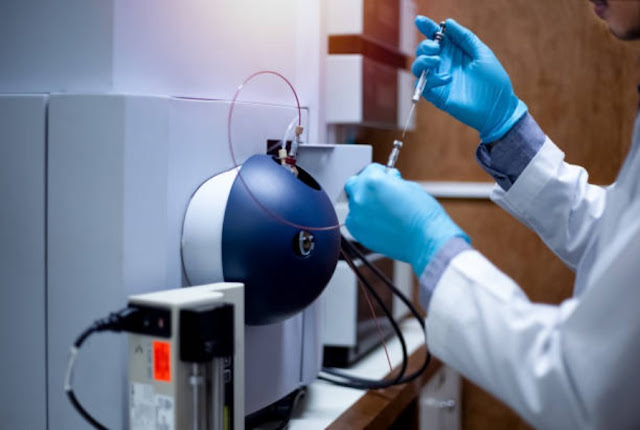Navigating the Complexities of Health Care

Patient Data Privacy and Security: One of the foremost
challenges in the healthcare and tech landscape is ensuring the privacy and
security of patient data. Electronic Health Records (EHRs), telemedicine
platforms, and wearable health devices collect vast amounts of sensitive
information. Protecting this data from illegal access, breaches, and
cyberattacks requires robust encryption, stringent authentication protocols,
and regular security audits. Maintaining data accessibility for medical
professionals and safeguarding patient privacy remains a delicate task.
Interoperability and Data Sharing: Health care and tech
integration aims to facilitate seamless data exchange across various platforms
and systems. However, achieving true interoperability has proven to be a
formidable challenge. Healthcare organizations often use different EHR systems
that don't communicate effectively with each other. This lack of
interoperability hinders the flow of patient information, leading to fragmented
care and missed opportunities for timely interventions. Standardizing data
formats and protocols is critical to enabling efficient data sharing and
improving patient outcomes.
Regulatory Compliance: Healthcare is heavily regulated to maintain
patient safety and ethical standards. When technology is introduced, the
regulatory landscape becomes even more intricate. Health tech solutions must
navigate through a maze of rules, such as the Health Insurance Portability and Answerability
Act (HIPAA) in the Joint States or the General Data Protection Rule (GDPR) in
the European Union. Complying with these regulations while innovating poses a
challenge for companies seeking to introduce new technologies.
Ethical Dilemmas: Integrating technology in health care
raises ethical questions that require careful consideration. For example, using
artificial intelligence (AI) and machine learning algorithms in diagnosing
diseases and recommending treatments necessitates transparency and
accountability. The potential for algorithm bias, which could
disproportionately impact certain patient groups, is a concern. Balancing the
benefits of automation with the ethical responsibility to ensure fair and unbiased
care delivery is an ongoing challenge.
Digital Gulf: While technology has the potential to
revolutionize health care, its benefits are not equally accessible to all.
Disparities in digital literacy, access to high-speed internet, and
technological devices can exacerbate health inequalities. Telemedicine, for
example, requires a stable internet connection and familiarity with digital
tools. Vulnerable populations, such as aging and low-income persons, may be
left behind, emphasizing the need for inclusive solutions that bridge the
digital divide.
Health Tech Regulation Pace: The rapid pace of technological advancement often outstrips regulatory frameworks' ability to adapt. This can lead to a situation where innovative health tech solutions are available before proper regulations are in place to govern their use. Arresting the right balance between encouraging innovation and ensuring patient safety requires close collaboration between technology developers, healthcare providers, and regulatory agencies.
Health Data Ownership: The ownership of health data is a
complex issue. Patients generate substantial data through wearable devices,
health apps, and EHRs. Significant ethical and legal considerations are
determining who owns this data, how it can be used, and whether patients have
control over its sharing. Letting patients make informed decisions about their
data while respecting their autonomy and privacy is a challenge that requires
careful legal and technological solutions.
Health Literacy and User-Friendly Design: Effective
utilization of health tech solutions relies on the users' understanding and
interaction with the technology. Deceitful user interfaces and intuitive
experiences catering to varying levels of health literacy are vital.
Complicated interfaces or medical jargon-laden content can alienate patients
and even lead to misuse of technology, hampering its potential benefits.
Conclusion,
The fusion of healthcare and technology
offers immense promise for improving patient outcomes, operational efficiency,
and healthcare delivery. However, the complexities arising from data privacy,
interoperability, regulations, ethics, accessibility, and user-centric design
must be navigated diligently. Collaboration between healthcare professionals,
technologists, policymakers, and patients is essential to tackle these
challenges and create a future where health and technology work seamlessly
together for the betterment of society.


